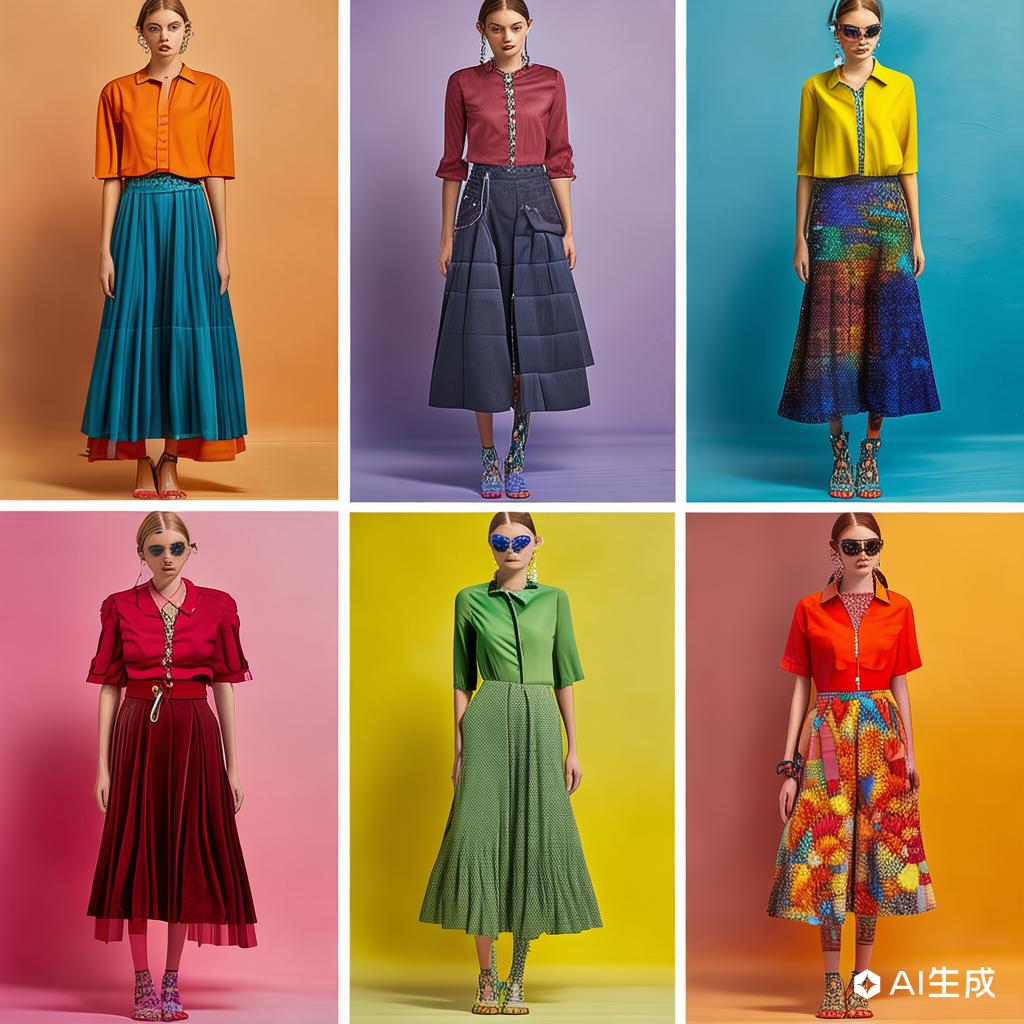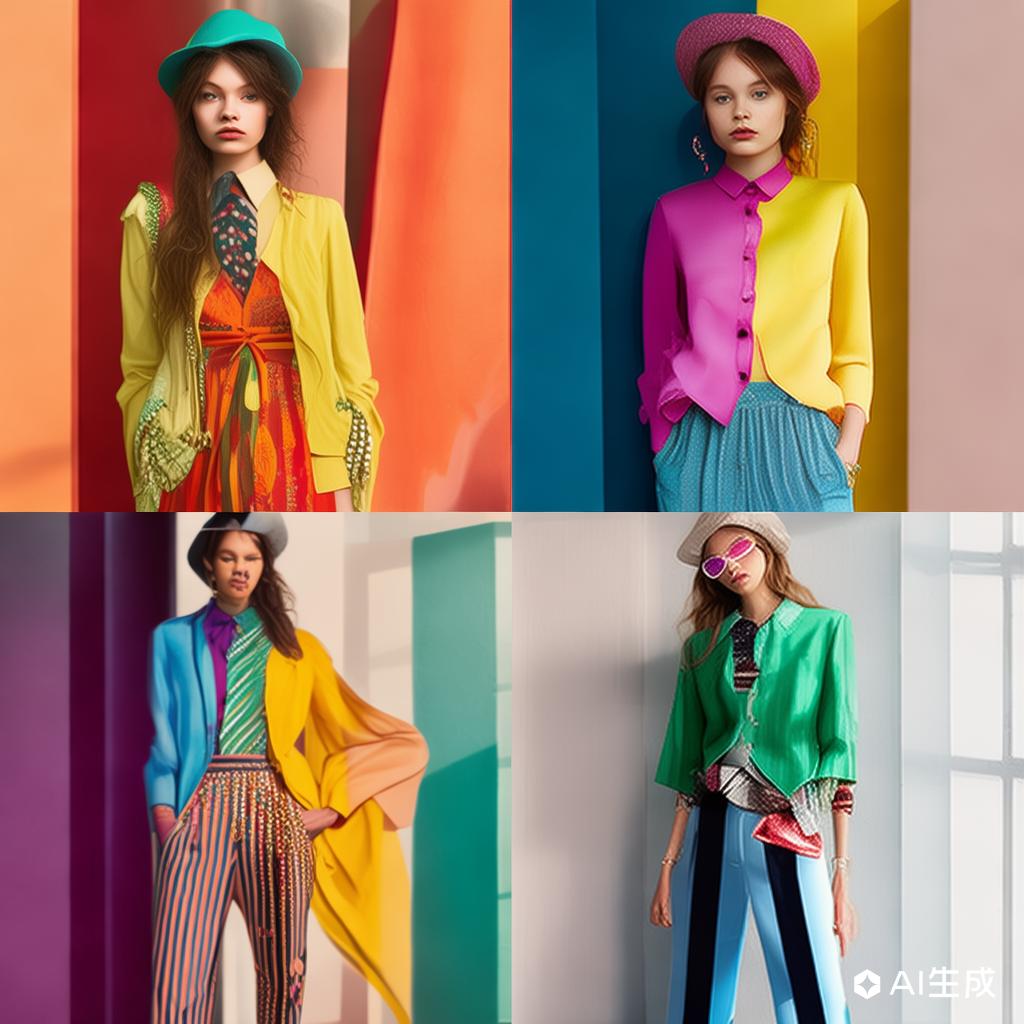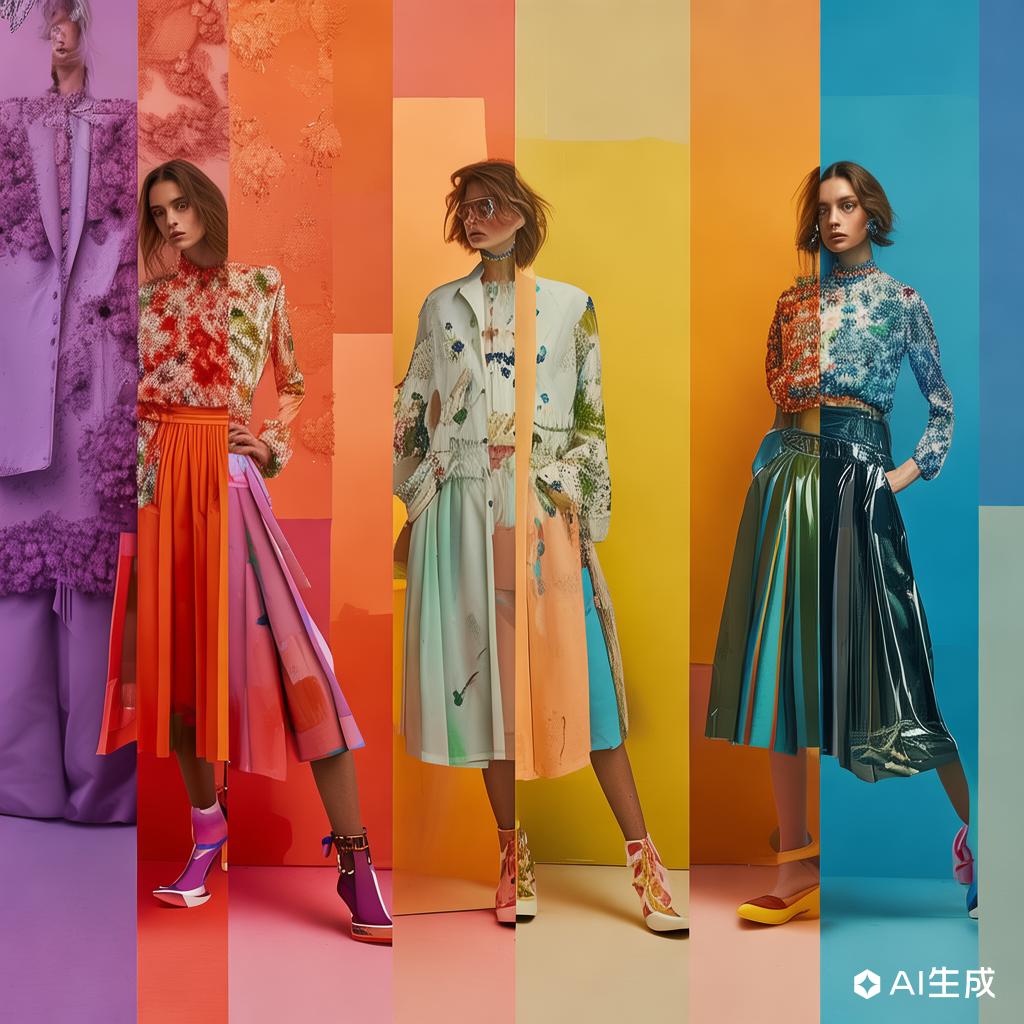Mastering the Art of Jewelry and Clothing Color Coordination
Share



Color coordination is a vital aspect of fashion that can elevate any outfit from ordinary to extraordinary. The right combination of jewelry and clothing colors can enhance your overall appearance, making you look polished and put-together. Here are some essential tips to help you master the art of jewelry and clothing color coordination.
**Understanding Color Theory**
Color theory is the foundation of successful color coordination. Familiarize yourself with the color wheel, which consists of primary colors (red, blue, yellow), secondary colors (green, orange, purple), and tertiary colors (mixes of primary and secondary colors). Understanding complementary colors (those opposite each other on the wheel) and analogous colors (those next to each other) will guide you in creating harmonious outfits.
**Complementary Colors for a Bold Look**
For a striking and vibrant look, pair complementary colors. For instance, if you're wearing a blue dress, accessorize with orange jewelry. This contrast creates a visually appealing outfit that stands out. Gold jewelry complements blue and purple attire, while silver works well with reds and oranges.
**Analogous Colors for a Subtle Elegance**
If you prefer a more subtle and cohesive look, opt for analogous colors. For example, a green blouse pairs beautifully with turquoise or teal jewelry. This approach creates a seamless and elegant appearance, perfect for sophisticated events.
**Neutral Colors for Versatility**
Neutral colors like black, white, gray, and beige offer unparalleled versatility. They can be paired with almost any color of jewelry. A black dress can be accessorized with bold, colorful jewelry for a dramatic effect, or with silver and gold for a classic look. White outfits, on the other hand, provide a blank canvas for any jewelry color.
**Metallics for a Touch of Glamour**
Metallic jewelry, such as gold, silver, and rose gold, adds a touch of glamour to any outfit. Gold complements warm tones like red, orange, and yellow, while silver enhances cool tones like blue, green, and purple. Rose gold is incredibly versatile and works well with both warm and cool colors.
**Seasonal Color Trends**
Stay updated with seasonal color trends to keep your style fresh and modern. Fashion magazines and style influencers often highlight trending colors for each season. Incorporating these hues into your jewelry and clothing choices can make your outfits feel current and stylish.
**Personal Style and Preferences**
Ultimately, your personal style and preferences should guide your color choices. If you love bold and eclectic looks, don't be afraid to experiment with unconventional color combinations. If you prefer a more understated style, stick to classic and subtle pairings.
**Conclusion**
Mastering the art of jewelry and clothing color coordination can transform your wardrobe and enhance your personal style. By understanding color theory, experimenting with complementary and analogous colors, and staying true to your preferences, you can create stunning and cohesive outfits that reflect your unique fashion sense.